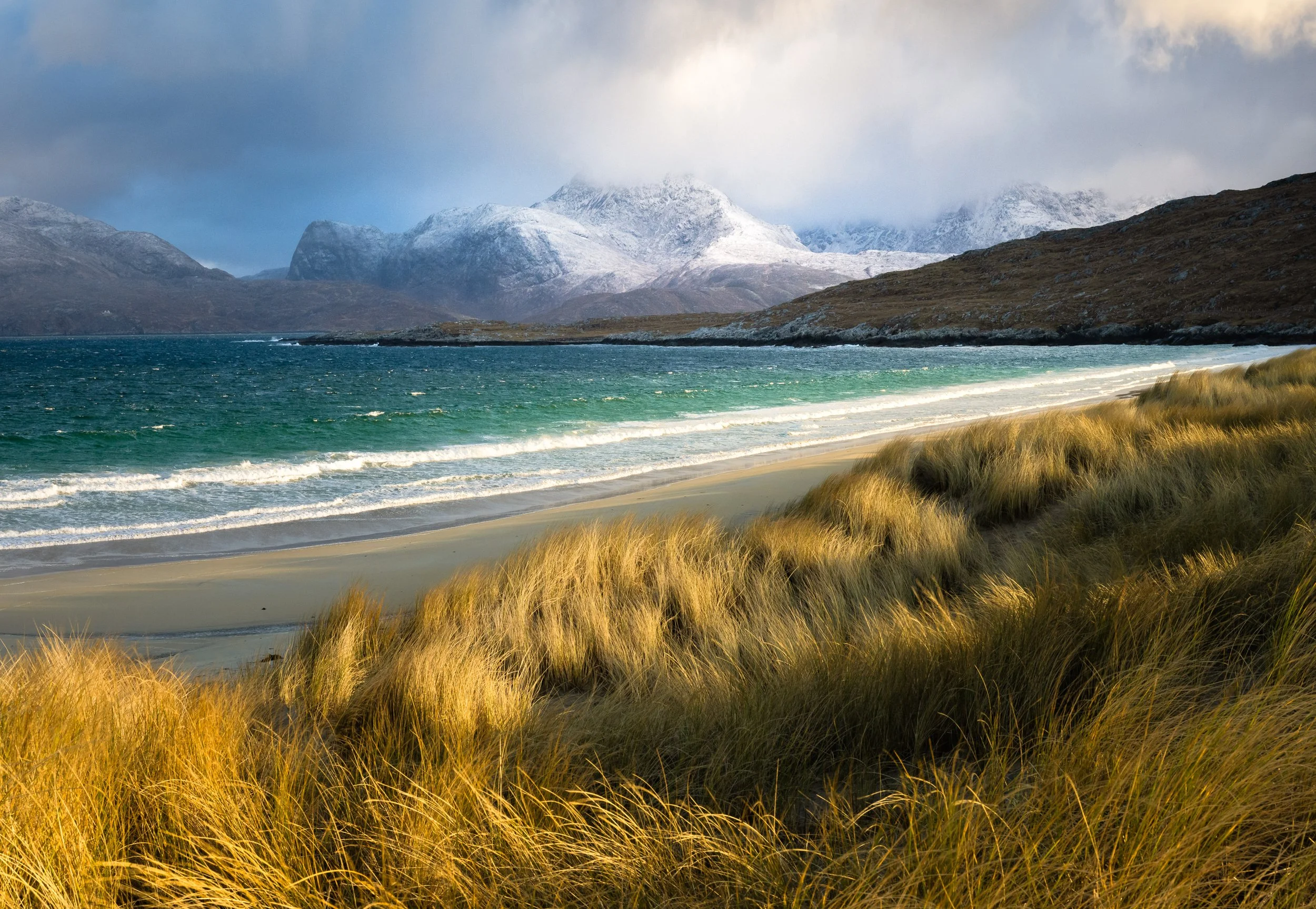7 really simple tips all photographers need to know
I have been a landscape photographer for 35 years now (I know I don’t look that old!). In that time I have felt the pain on many many occasions of struggling with a composition or loading my images into Lightroom and having that faceplate moment. Or worse still developing my B&W film in my parents attic and having that moment of realisation that I will never become a good landscape photographer. But I persevered and for someone who naturally doesn’t have an artistic eye feel like a produce some half decent images now.
To do this I came up with various tips and techniques and recently I created a eBook that put all these tricks in one place. At first it was meant as a reminder for myself, then it became a talk that I gave at various events and now it is a 100+ page eBook.
I thought I would share some of the techniques below and in more detail in a video over on YouTube. If you would like to find out even more then check out my eBook here. It is at a special launch price of just £25.
You Don’t need 16mm (or 24mm) to shoot amazing foregrounds
I used to think that to get amazing foreground you needed a wide lens (less than 24mm) but as I improved I discovered that some of my favourite images with foregrounds used longer focal lengths. The advantage of a longer focal length is that you can ensure the background mountains don’t look too small and as the field of view is smaller you have less elements to compose correctly in your shot. Next time you are out just try standing back a steps.
Believe it or not this was taken at 35mm
Another of my favourites from Luskentyre was taken at 39mm
This was taken at 50mm
Spacing is so important
How you use space in an image not only can help to give the subject breathing room but can also help to balance and control how the eye navigates through the image.
You can see that in this image the main rock is place way too close to the LHS off the image and this causes tension in the final shot. Ideally I should have moved my camera to the left or taken a few steps to the left.
In the two images below you can see how space changes the feeling of an image. If on the LHS image I had cropped any tighter in then it would have felt claustrophobic.
For all 7 of the tips check out my video below and for 100+ tips you can download my latest eBook






